At just two years old, New Zealand based beauty brand, Emma Lewisham has reached cult level status most brands can only dream of. Favoured by stars like Phoebe Tonkin, Margo Robbie and skin care gurus across the world, Emma knew her eponymous brand had the power to influence real change. For Emma and her brand, this has meant working towards reducing the 120 billion units of waste the beauty industry currently produces annually.
You’ll also like this:
Dyson Airwrap Review: Why It’s Worth the Money
The Best Beauty And Wellness Supplements Actually Worth Taking
Susanne Kaufmann On Building A Highly Successful Holistic Beauty Brand
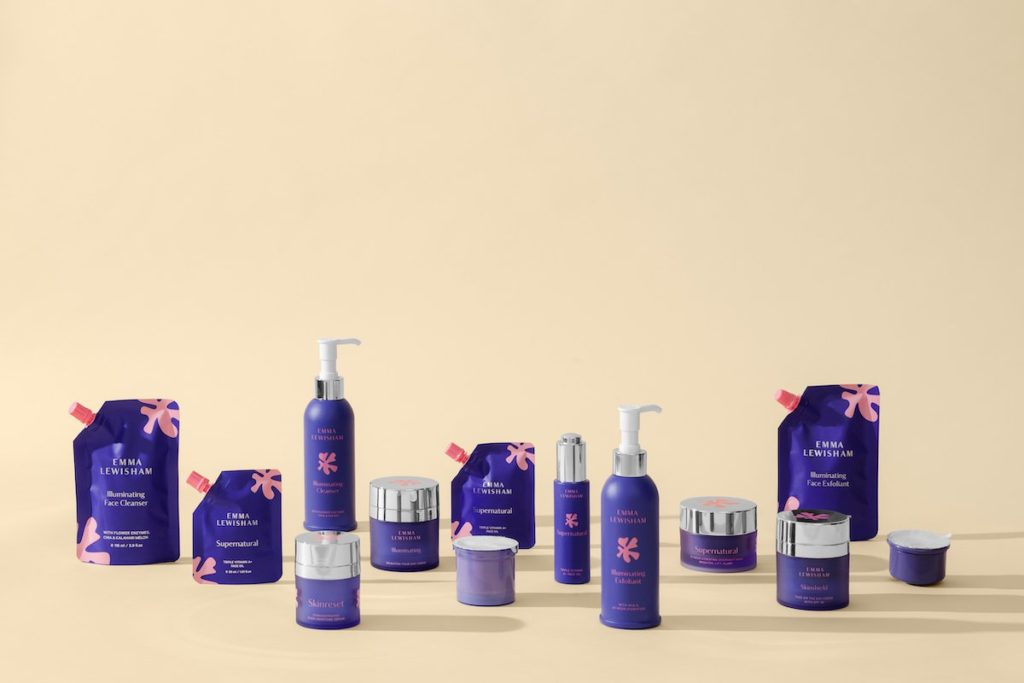
Emma Lewisham, the first carbon positive beauty
Striving to go beyond the brand’s existing focus on recycling, Emma Lewisham has created a supply chain model that ensures every step from ingredient selection, harvesting, transportation and packaging uses as little emissions as possible, and then offsets what remains. Spurred on by the United Nations’ Paris Agreement to reach net-zero CO2 emissions by 2030, Lewisham set the goal to offset her brand by a further 25% and in doing so, become the first carbon positive beauty brand ever.
Speaking on this decision, she says, “It’s not just about measuring and then offsetting our impact. We are focused on reducing our carbon footprint to the lowest number possible and implementing strategies to illustrate this is more than just offsetting for us.”
The innovative strategies the brand has developed are particularly impressive. Our favourites are:
- The allocation of carbon offset credits to grassroots organisations working on technology implementation in Ghana, wind power projects in India, and the regeneration of New Zealand’s Puhoi Forest Reserve.
- The development of a circular business model focused on creating refillable products from recycled materials that can be repurposed and recycled again. In fact, according to research conducted by independent environmental certification agency, Toitū Envirocare, the carbon footprint of Emma Lewisham’s redesigned product vessels has reduced by 74%!
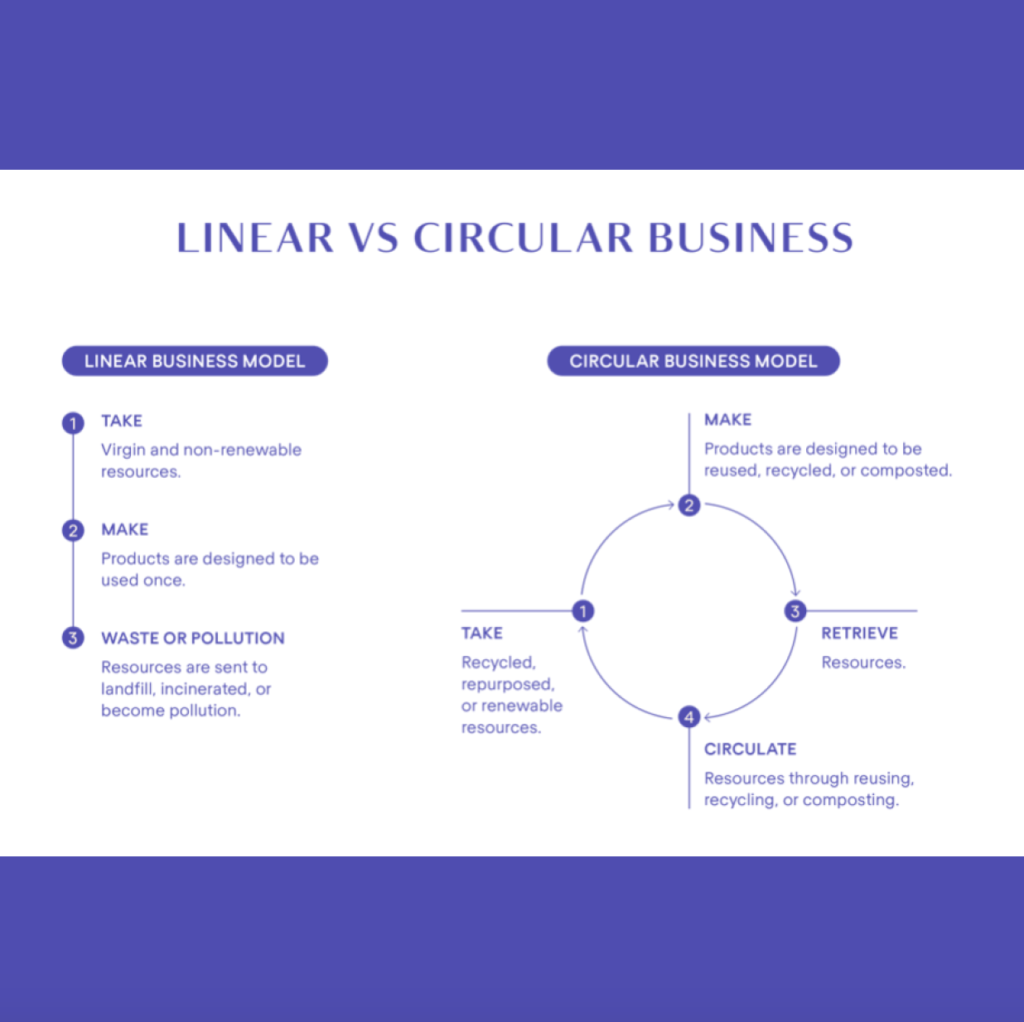
This circular system is the key to their environmental impact. Every time an empty component is returned and a refill is purchased, the brand ensures functional packaging is kept in circulation, the new packaging is not produced, and carbon emissions are kept as minimal as possible. Somewhat surprisingly, amongst the many ‘recyclable’ beauty brands available, almost none are actively recycling their packaging.
Regarding this, Emma explains that “If we are to ensure packaging is recycled, brands must take ownership of our materials and work with our customers to take back all packaging globally to be recycled through specialised recycling partners who ensure this happens. Labelling a beauty product ‘100% recyclable’ without a takeback programme and reputable recycling partner in place should be considered an irresponsible business practice.”
To make implementing better recycling practices easier for other brands, Emma Lewisham has even shared the brand’s entire strategy for achieving a circular and carbon positive beauty. This includes the contact details for packaging suppliers, information on refill packaging designs, carbon calculation guides, and sterilisation, recycling and returns processes.
Speaking about the decision to share the brand’s knowledge, Emma reveals, “We genuinely want to see change. The problems we face are so much greater than the success of one business or brand, and if we are going to solve them, collaboration is key. We must tear down the barriers of competition once and for all – unifying around a greater vision where future generations may thrive. This has to be the future of beauty.” And we couldn’t agree more.
You’ll also like this:
WIN Ellus & Krue Skincare Products Worth Over $600
Target Pigmentation And Uneven Skin At A Cellular Level With Vida Glow Radiance Capsules
Your Ultimate Guide To Understand The Difference Between Vegan, Natural, Organic and Clean Skincare




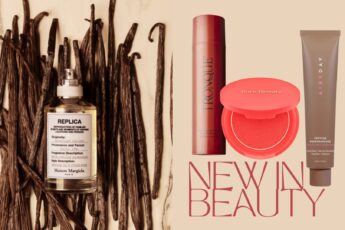
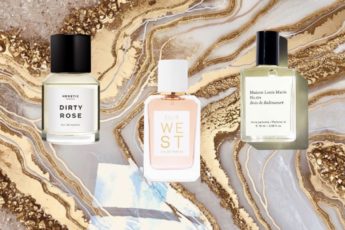
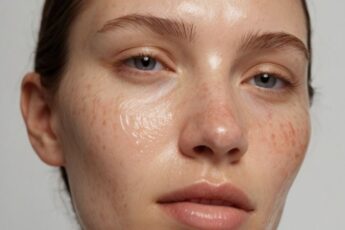


Leave a Comment